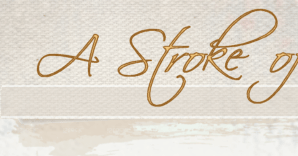|
Tell me about your grays
I'd like to hear about the grays you mix and use for tempering flesh colors. I use three basic grays: black and white mixed in a string from dark to light; raw umber and white mixed in a string from dark to light, and a mix of about two thirds raw sienna and one third black lightened with white. It makes a curious greenish gray.
Sometimes, I also use a bit of cobalt or viridian and sometimes a touch of ultramarine blue.
But here's the rub, for me, at least. I often don't have a clear idea of which gray, blue or green to use, especially out there on the lighter end when, for example, I'm trying to alter a very light flesh tone.
I get quite similar results with the raw umber or black and white mixes -- either seems to produce a silvery look in the lighter values.
|

